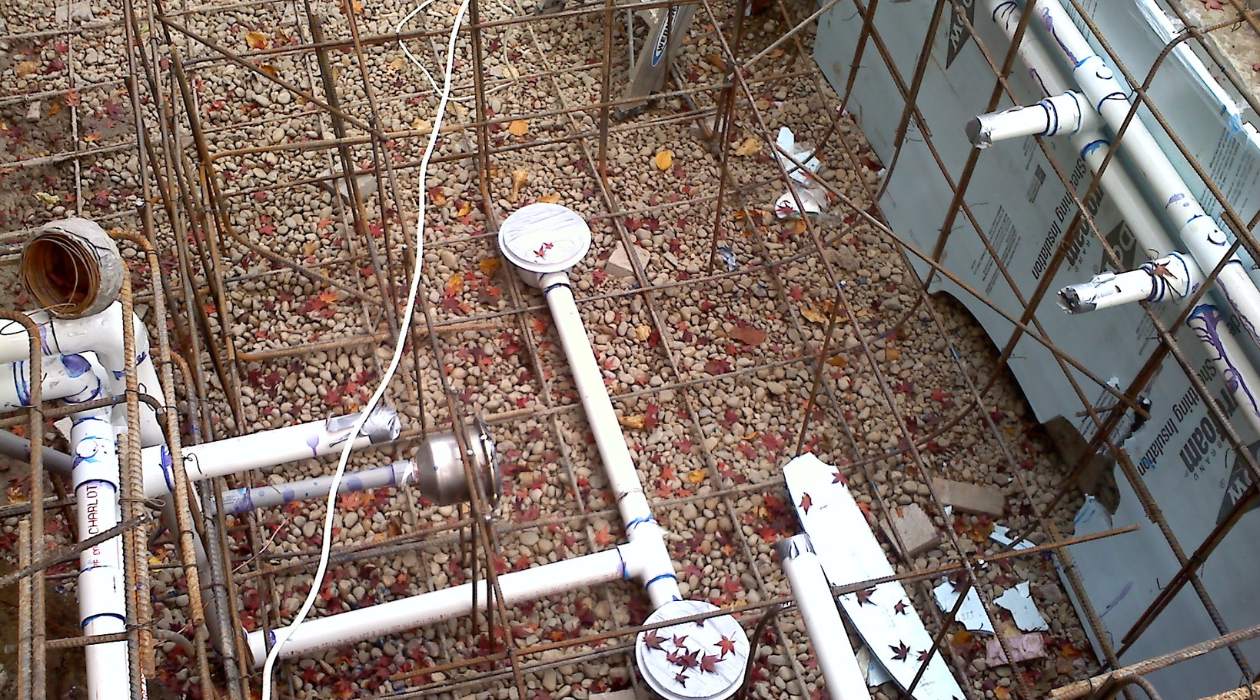

Articles
How Deep Should Pool Plumbing Be
Modified: December 7, 2023
Find out the ideal depth for pool plumbing in our informative articles. Learn about the importance of proper plumbing depth for a well-functioning pool.
(Many of the links in this article redirect to a specific reviewed product. Your purchase of these products through affiliate links helps to generate commission for Storables.com, at no extra cost. Learn more)
Introduction
When installing a pool, one crucial aspect that often gets overlooked is the depth at which the plumbing should be placed. The proper depth of pool plumbing is essential for the efficient and effective operation of the pool system. It not only ensures the smooth flow of water but also reduces the risk of costly repairs and maintenance down the line.
In this article, we will explore the factors to consider when determining the depth of pool plumbing, the recommended depths for various pool plumbing components, and the benefits of installing pool plumbing at the right depth. We will also discuss the potential consequences of improper plumbing depth and why it is a vital consideration for any pool installation or renovation project.
So, whether you’re a homeowner planning to install a new pool or a pool professional looking to optimize your plumbing system, read on to learn everything you need to know about how deep pool plumbing should be.
Key Takeaways:
- Proper pool plumbing depth ensures optimal water flow, reduced energy consumption, and easy maintenance, leading to a longer lifespan for your pool system and compliance with building codes.
- Neglecting correct plumbing depth can result in restricted water flow, increased energy consumption, frequent clogging, damaged equipment, and non-compliance with building codes, emphasizing the importance of consulting professionals for optimal installation.
Read more: How Deep Should Plumbing Be Under A Slab
Factors to Consider when Determining the Depth of Pool Plumbing
Several factors should be taken into account when determining the appropriate depth for pool plumbing. These factors will help ensure proper water flow, efficient operation, and easy access for maintenance and repairs. Here are some key factors to consider:
- Pool Design: The design of the pool, including its shape, size, and features, plays a crucial role in determining the depth of the plumbing. The plumbing should be laid out to accommodate the specific design elements, such as water features, spa jets, and drains.
- Water Flow: Proper water flow is essential for an efficient pool system. The depth of the plumbing should be determined based on the desired water flow rate and the pressure requirements of various pool equipment, including pumps, heaters, and filters.
- Equipment Location: The location of pool equipment, such as pumps and filters, also influences the plumbing depth. The plumbing should be placed at a depth that allows easy access to the equipment for maintenance and repairs while ensuring efficient water flow.
- Freezing Climate: If you live in a freezing climate, it is crucial to consider the frost line when determining the plumbing depth. The pipes should be buried below the frost line to prevent freezing and potential damage to the plumbing system.
- Soil Conditions: The type and stability of the soil in the pool area should be evaluated. Different soil types may have varying drainage capacities and require different depths for plumbing installation. It is advisable to consult with a professional to assess the soil conditions and ensure proper plumbing depth.
- Code and Permit Requirements: Local building codes and permit requirements may dictate specific guidelines for the depth of pool plumbing. It is important to comply with these regulations to ensure the safety and legality of the installation.
By considering these factors, you can determine the optimal depth for your pool plumbing, promoting efficient water flow and proper functioning of the pool system.
Recommended Depths for Various Pool Plumbing Components
Now that you understand the factors to consider when determining the depth of pool plumbing, let’s delve into the recommended depths for different pool plumbing components. These recommended depths are based on industry standards and best practices:
- Main Drain: The main drain, which helps to circulate water throughout the pool, is typically located at the deepest part of the pool. It is recommended to install the main drain at a depth of at least 3 to 5 feet to ensure optimal water circulation and to prevent stagnant water.
- Skimmers: Skimmers are an essential part of any pool system as they help to remove debris from the pool’s surface. It is recommended to install skimmers at a depth of 6 to 10 inches below the waterline to effectively catch floating debris.
- Returns: Returns are the outlets through which filtered water is returned to the pool. They should be placed at a depth of 6 to 12 inches below the waterline for optimal water circulation and distribution.
- Spa Jets: If your pool includes a spa or hot tub, it is essential to consider the depth of the spa jets. Spa jets are typically installed at a depth of 12 to 18 inches below the waterline to provide a comfortable and relaxing spa experience.
- Drains: In addition to the main drain, there may be secondary drains located within the pool. These drains help with water circulation and should be installed at a depth similar to the main drain, preferably at least 3 to 5 feet deep.
It is important to note that these recommended depths serve as a general guide, and specific pool designs and equipment may require slight adjustments. Consulting with a professional pool builder or plumber will help you determine the ideal depths for your specific pool plumbing components.
The pool plumbing should be buried at least 12-18 inches deep to protect it from damage and freezing. This depth also helps to maintain proper water circulation and prevent leaks.
Benefits of Installing Pool Plumbing at the Right Depth
Installing pool plumbing at the correct depth offers several benefits that contribute to the overall efficiency, functionality, and longevity of your pool system. Here are some key advantages of ensuring the proper depth for pool plumbing:
- Optimal Water Flow: The right plumbing depth allows for optimum water flow throughout the pool system. Proper water flow ensures efficient circulation, effective filtration, and appropriate distribution of treated water back into the pool.
- Reduced Energy Consumption: When pool plumbing is installed at the right depth, it promotes efficient water flow, reducing the workload on the pool pump. This can result in lower energy consumption, leading to cost savings in the long run.
- Prevention of Clogging and Blockages: Installing plumbing at the appropriate depth reduces the risk of clogging or blockages in the system. By ensuring sufficient depth, you can prevent debris and sediment from accumulating and obstructing the flow of water.
- Easy Access for Maintenance: Proper plumbing depth allows for easy access to equipment and pipes, making maintenance and repairs more straightforward. Whether it’s replacing a filter or repairing a leaking pipe, having plumbing at the right depth saves time and effort during maintenance tasks.
- Minimized Risk of Damage: Installing pool plumbing at the correct depth helps reduce the risk of damage to the system. By following recommended depths, you can prevent pipes from being exposed to external elements, such as freezing temperatures or accidental impact, which can cause costly damage to the plumbing system.
- Longer Lifespan of Equipment: Adequate plumbing depth ensures that equipment, such as pumps and filters, operate under optimal conditions. This can extend the lifespan of these components, reducing the need for frequent replacements and saving you money in the long term.
- Compliance with Building Codes: Installing pool plumbing at the appropriate depth ensures compliance with local building codes and regulations. This is essential for the safety and legal operation of your pool, providing peace of mind for both homeowners and pool professionals.
By installing pool plumbing at the right depth, you can enjoy a well-functioning pool system with efficient water flow, reduced maintenance issues, and a longer lifespan for your equipment.
Effects of Improper Pool Plumbing Depth
Ignoring or neglecting to install pool plumbing at the proper depth can lead to a range of negative effects that can impact the overall performance and functionality of your pool system. Here are some common consequences of improper pool plumbing depth:
- Restricted Water Flow: Improper plumbing depth can result in restricted water flow within the pool system. This can lead to poor circulation, inadequate filtration, and ineffective distribution of treated water back into the pool. As a result, the water quality may suffer, potentially leading to issues such as algae growth and poor water clarity.
- Increased Energy Consumption: When pool plumbing is not installed at the correct depth, it can cause increased resistance and turbulence in the system, requiring the pump to work harder to maintain water flow. This extra strain on the pump leads to higher energy consumption, resulting in increased utility costs.
- Frequent Clogging and Blockages: Plumbing that is improperly installed at shallow depths is more prone to clogging and blockages. Debris, leaves, and other particles can accumulate and obstruct the pipes, impeding water flow and putting additional stress on the system. This can lead to costly repairs and maintenance to clear the blockages.
- Damaged Equipment: Plumbing that is installed too shallow may be exposed to external elements, such as freezing temperatures or accidental impact. Freezing temperatures can cause pipes to crack or burst, while accidental impact can damage the pipes or fittings. This can result in costly repairs or even the need for complete replacement of the affected equipment.
- Inefficient Heat Distribution: If pool plumbing depth is not properly considered, it can lead to inefficient heat distribution in the pool. Plumbing that is too deep may cause the heated water to rise rapidly, leading to increased heat loss at the surface. Conversely, plumbing that is too shallow may result in uneven heat distribution throughout the pool.
- Non-Compliance with Building Codes: Improper plumbing depth may also lead to non-compliance with local building codes and regulations. It is important to adhere to these guidelines to ensure the safety and legality of your pool installation. Failure to comply with codes could result in fines or required modifications to bring the pool up to standard.
Considering the potential effects of improper pool plumbing depth, it is crucial to consult with a professional pool builder or plumber to ensure the correct installation and depth of your pool plumbing. Doing so will prevent these issues and help maintain the optimal performance and longevity of your pool system.
Read more: How Deep Is A Synchronized Swimming Pool
Conclusion
Installing pool plumbing at the right depth is a crucial consideration for any pool installation or renovation project. By taking into account various factors such as pool design, water flow, equipment location, freezing climate, soil conditions, and local regulations, you can determine the optimal depth for each plumbing component.
Properly installed pool plumbing offers numerous benefits, including optimal water flow, reduced energy consumption, prevention of clogging and blockages, easy access for maintenance, minimized risk of damage, longer lifespan of equipment, and compliance with building codes.
On the other hand, failing to install pool plumbing at the correct depth can result in restricted water flow, increased energy consumption, frequent clogging and blockages, damaged equipment, inefficient heat distribution, and non-compliance with building codes.
To avoid these issues and ensure the overall efficiency, functionality, and longevity of your pool system, it is recommended to consult with a professional pool builder or plumber. They can provide expert guidance and assistance in determining the optimal plumbing depth for your specific pool design and requirements.
Remember, investing the time and effort in proper pool plumbing depth will not only enhance the performance of your pool system but also save you from costly repairs and maintenance in the long run. So, whether you’re a homeowner or a pool professional, make sure to prioritize the depth of your pool plumbing to enjoy a hassle-free and efficient swimming experience.
Frequently Asked Questions about How Deep Should Pool Plumbing Be
Was this page helpful?
At Storables.com, we guarantee accurate and reliable information. Our content, validated by Expert Board Contributors, is crafted following stringent Editorial Policies. We're committed to providing you with well-researched, expert-backed insights for all your informational needs.
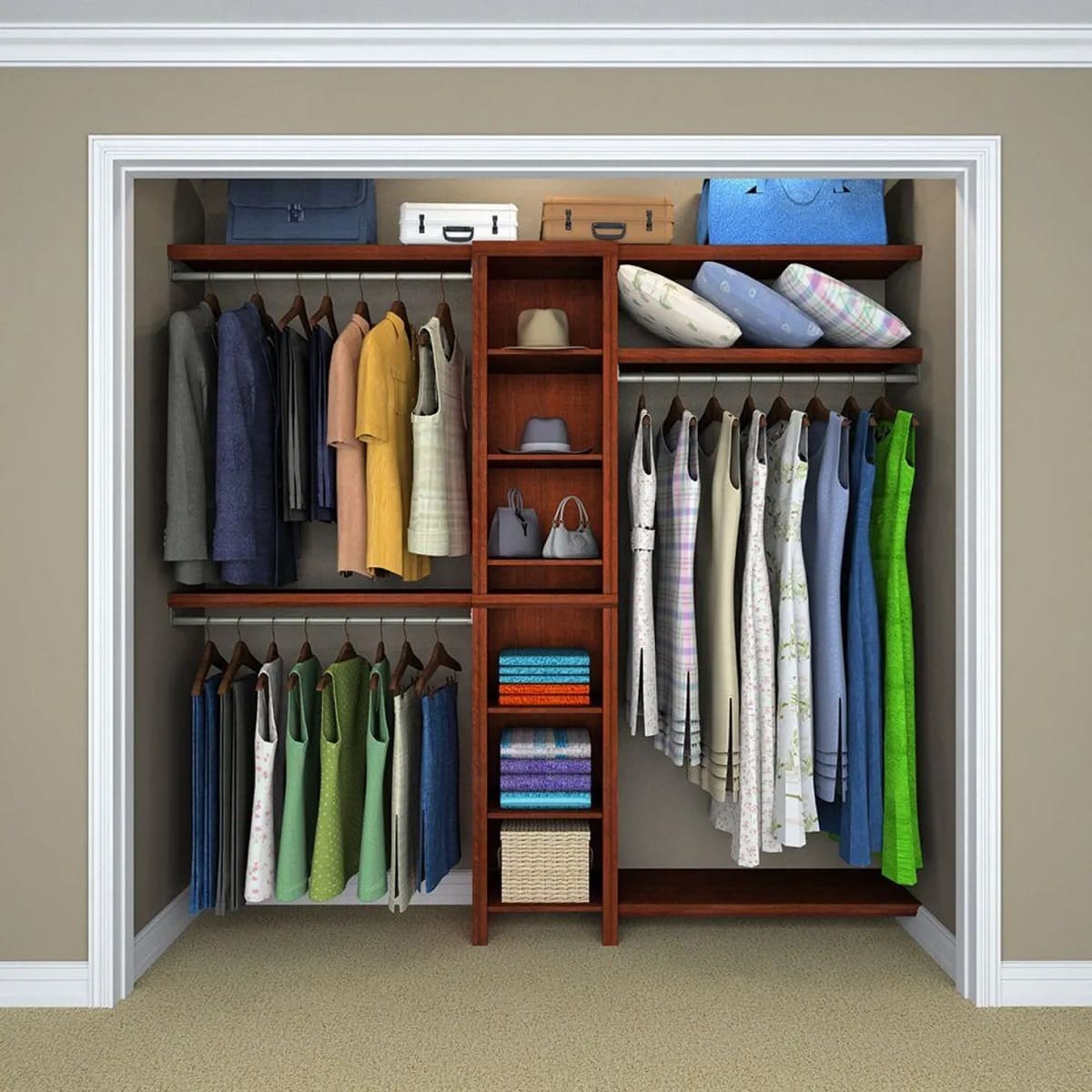
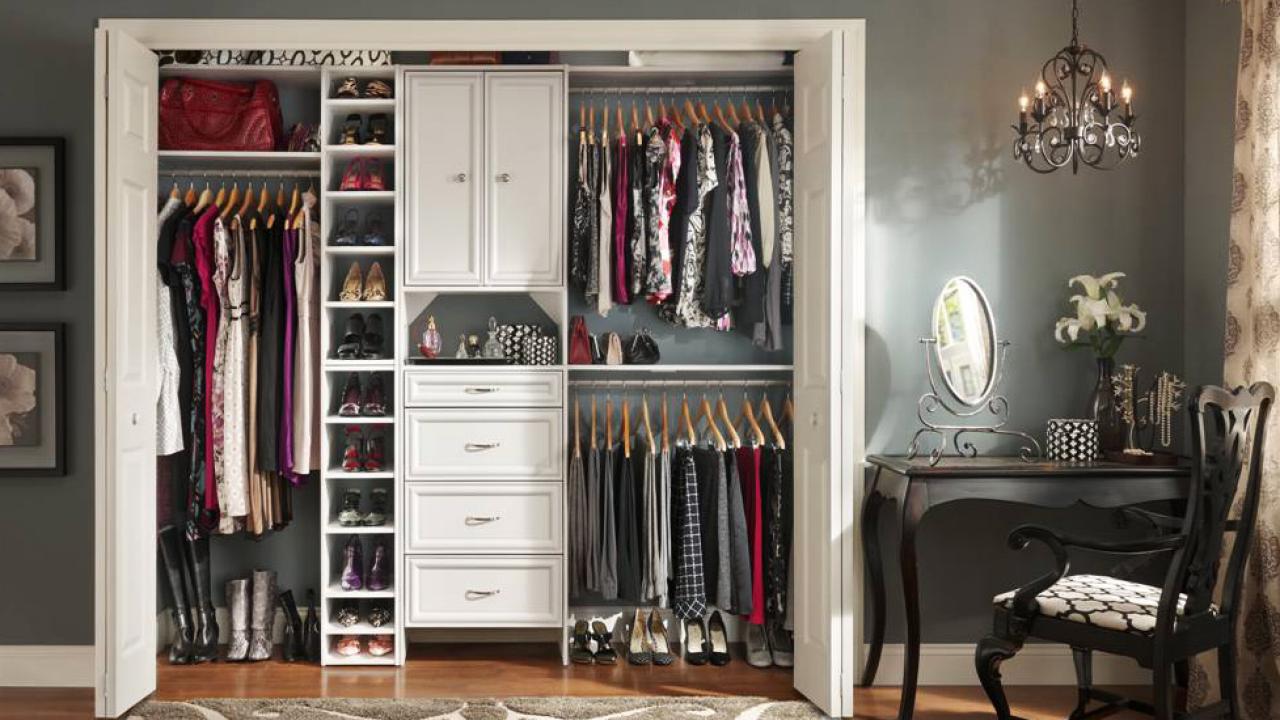
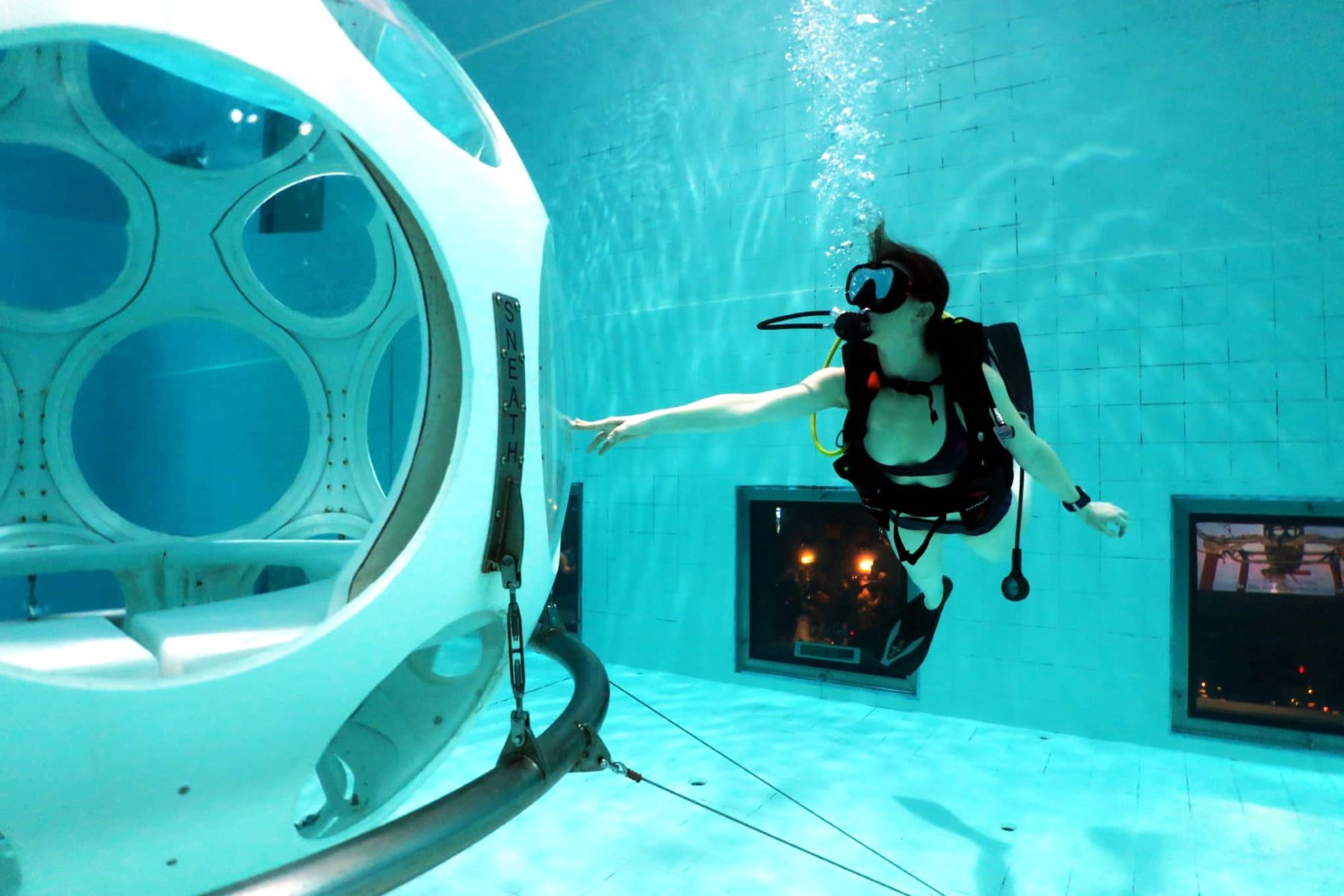
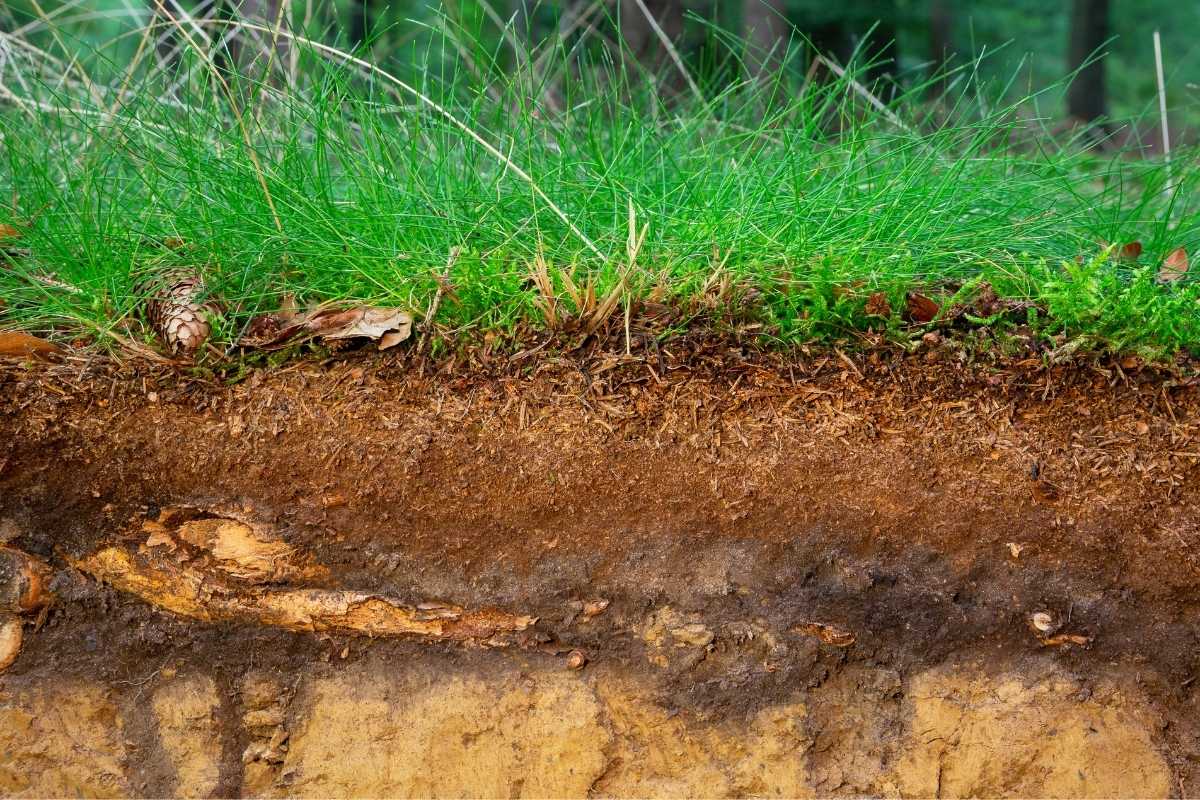
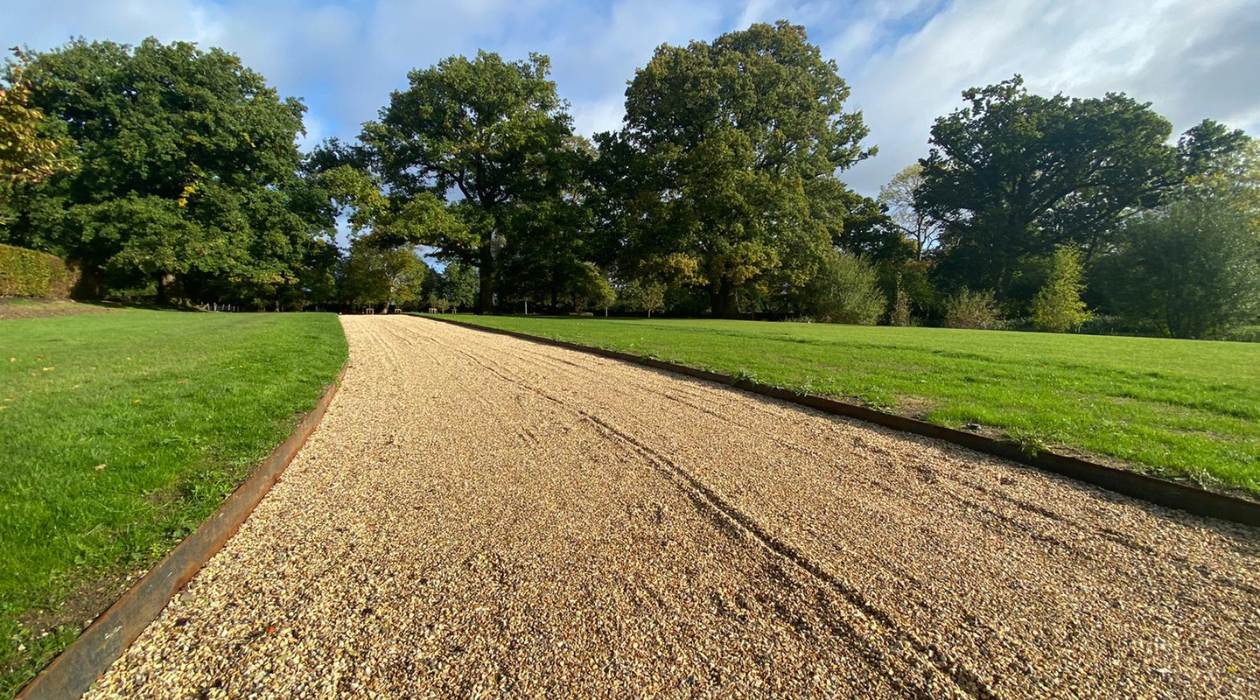
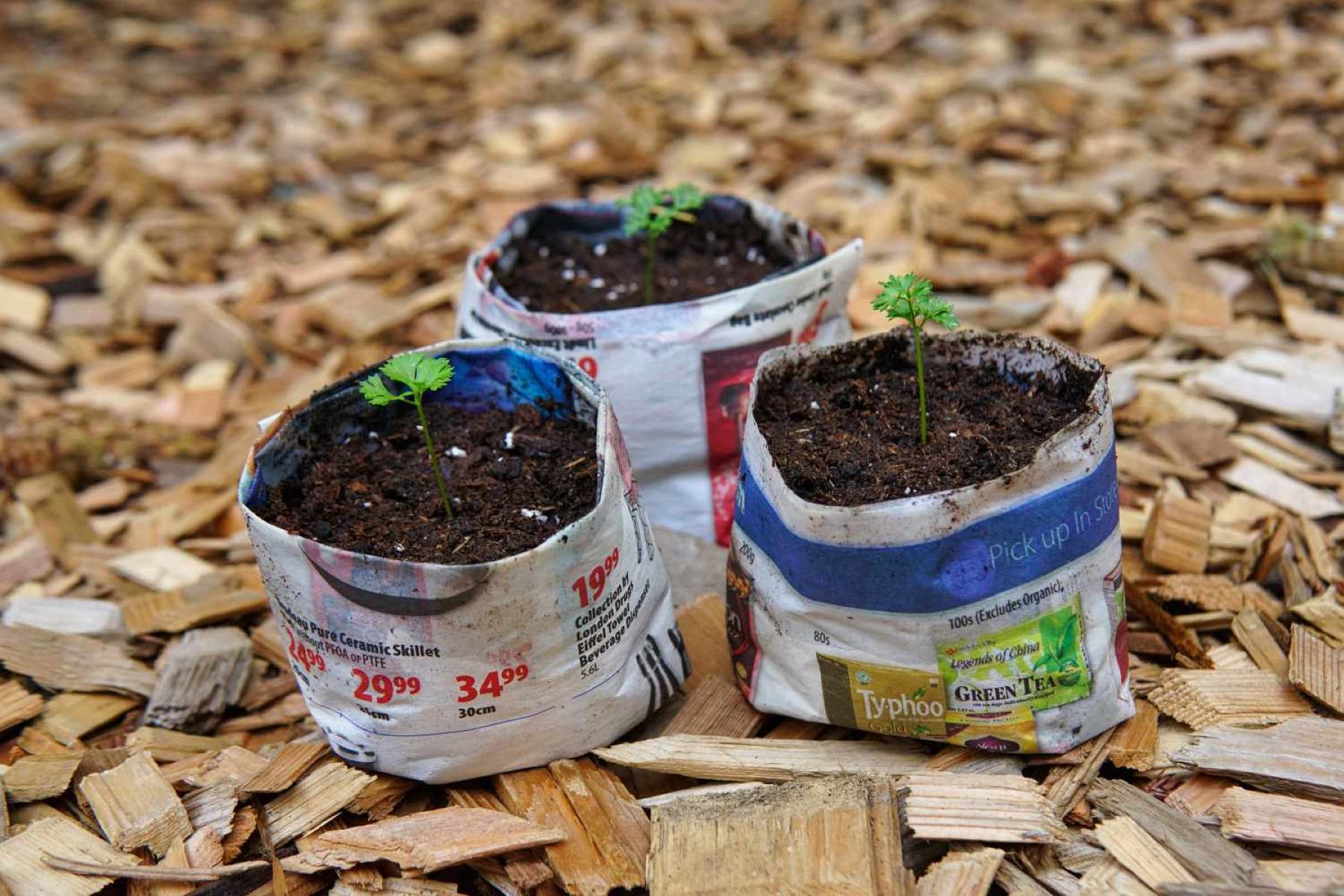
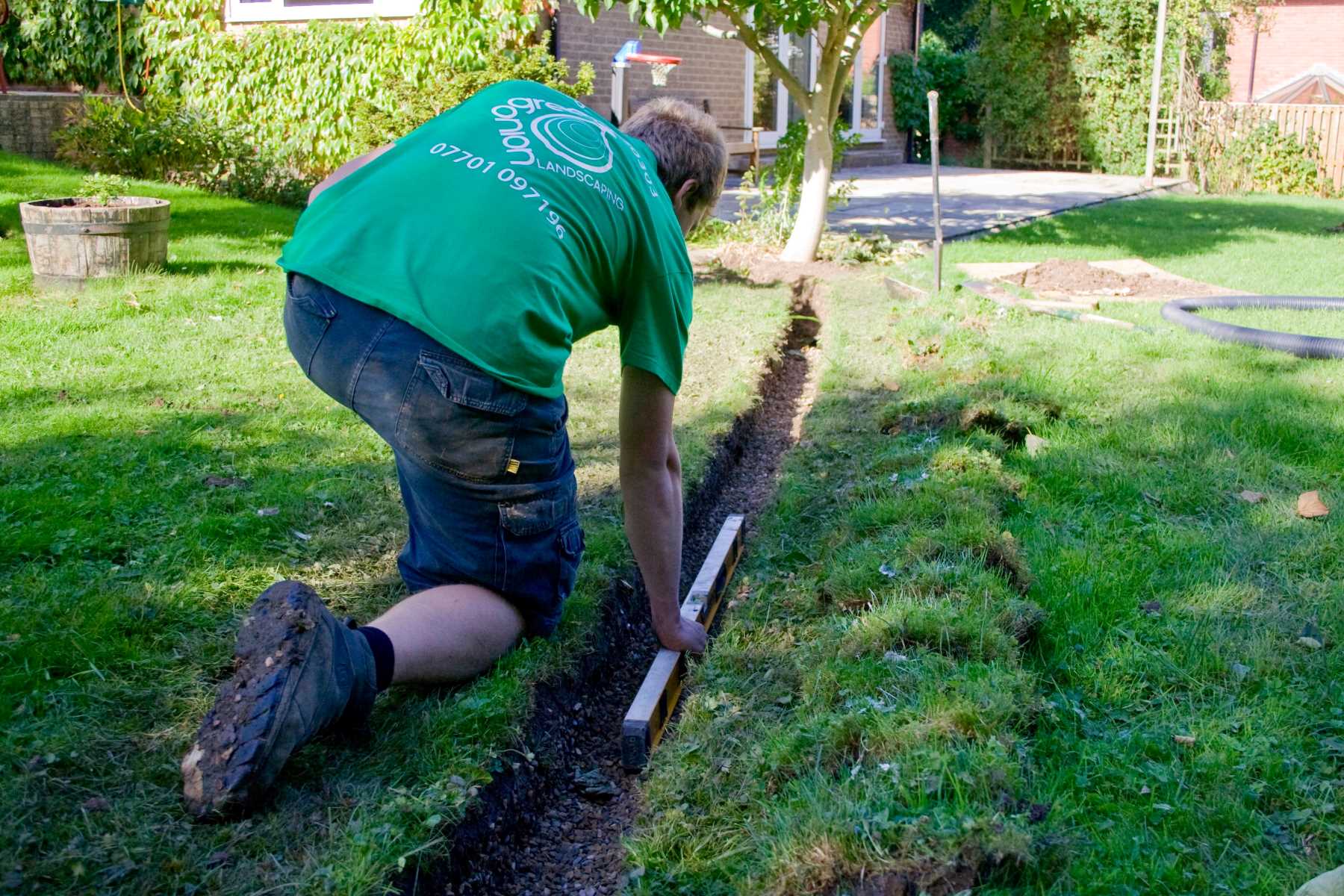
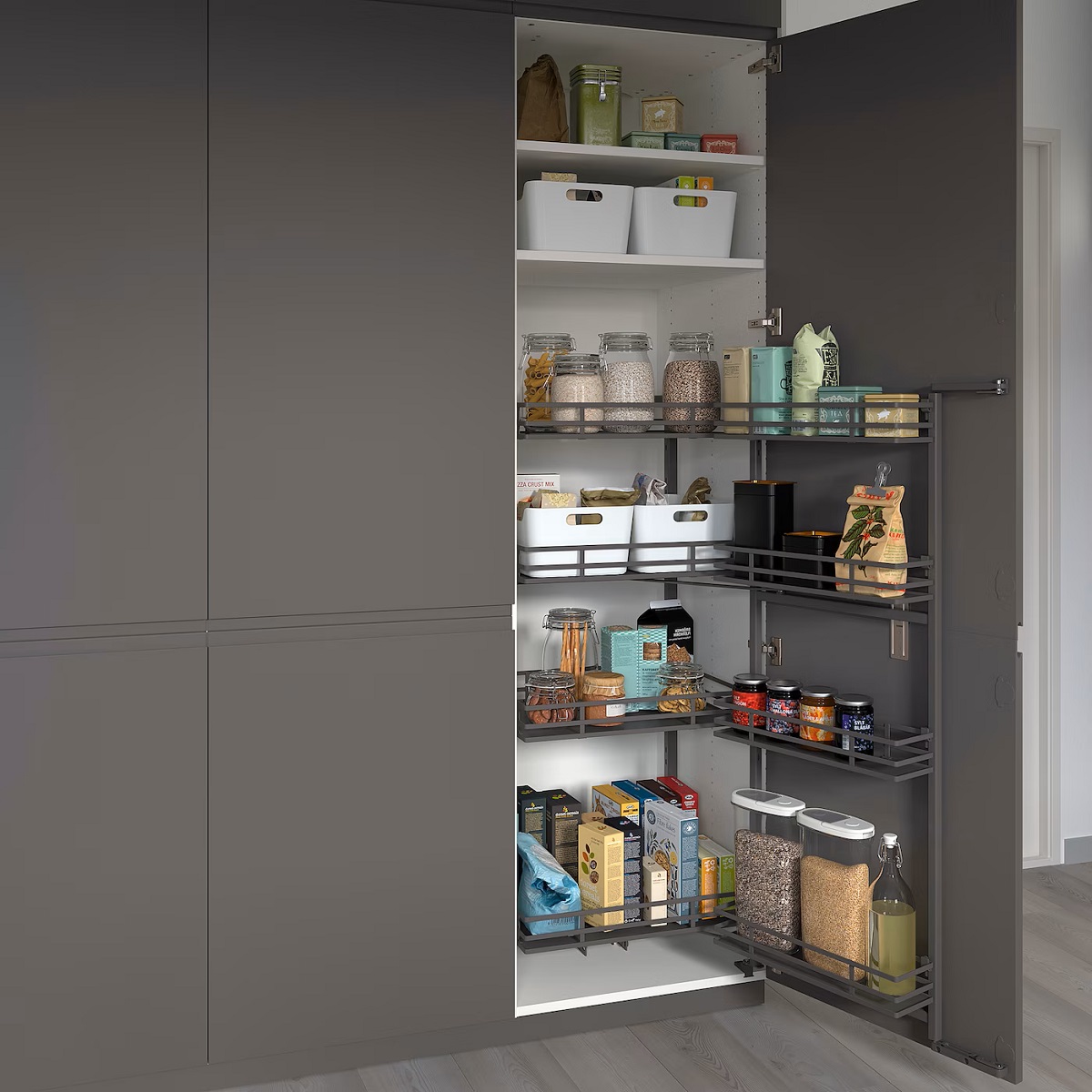


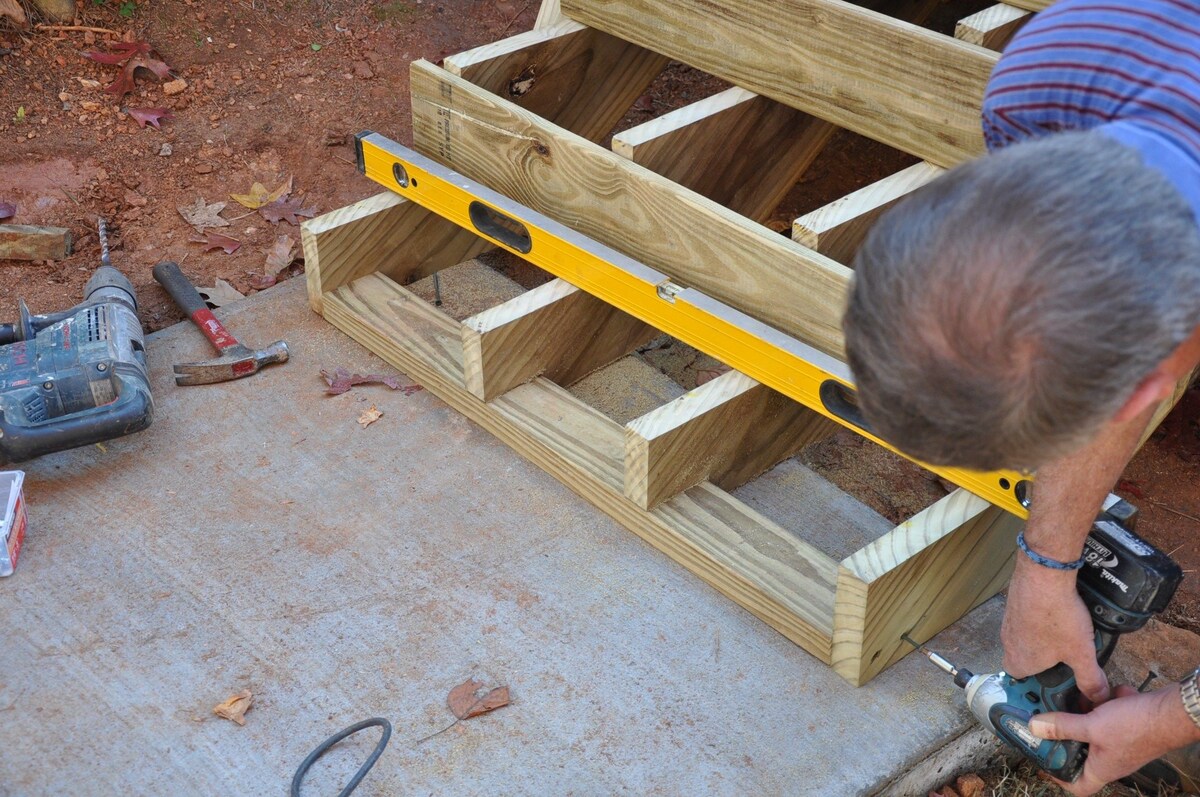
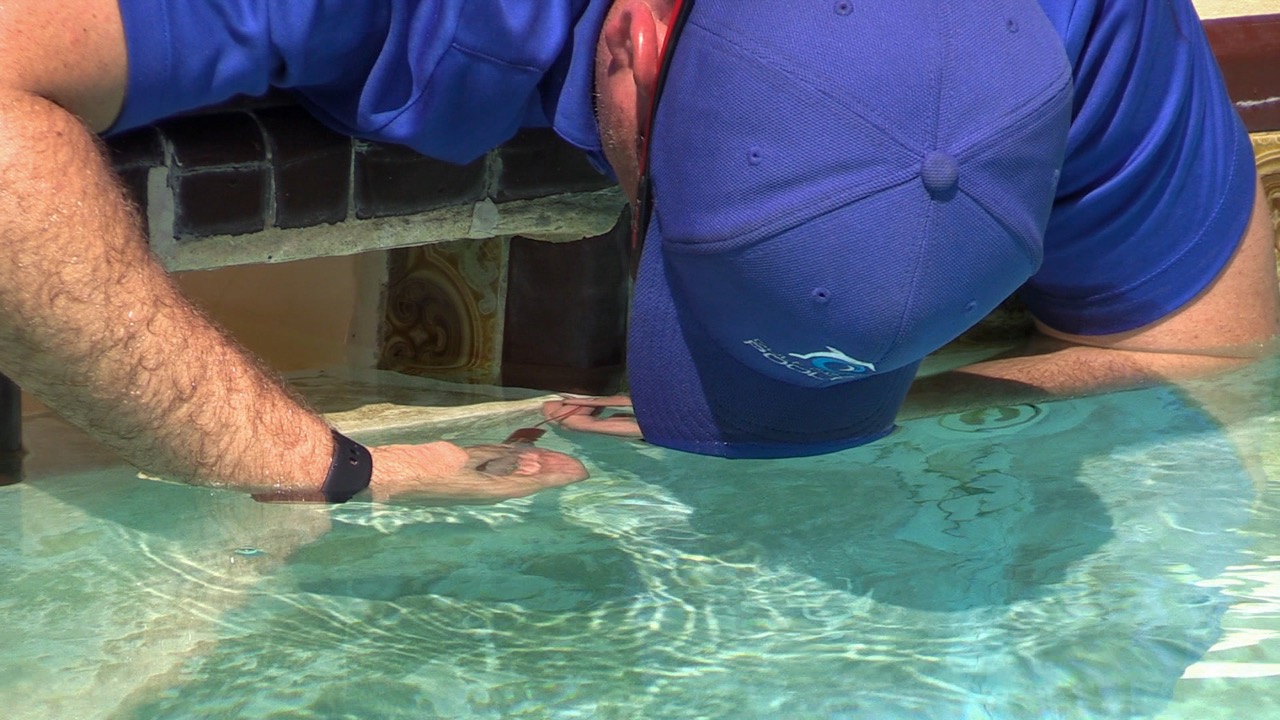
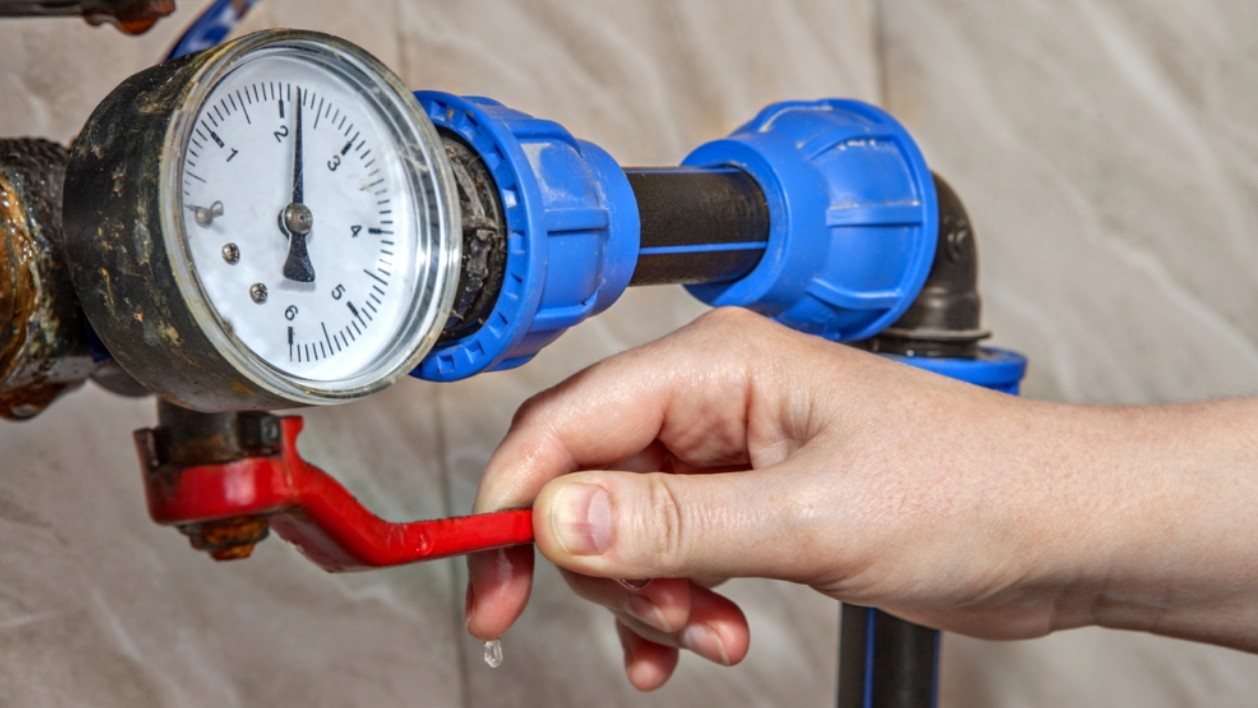
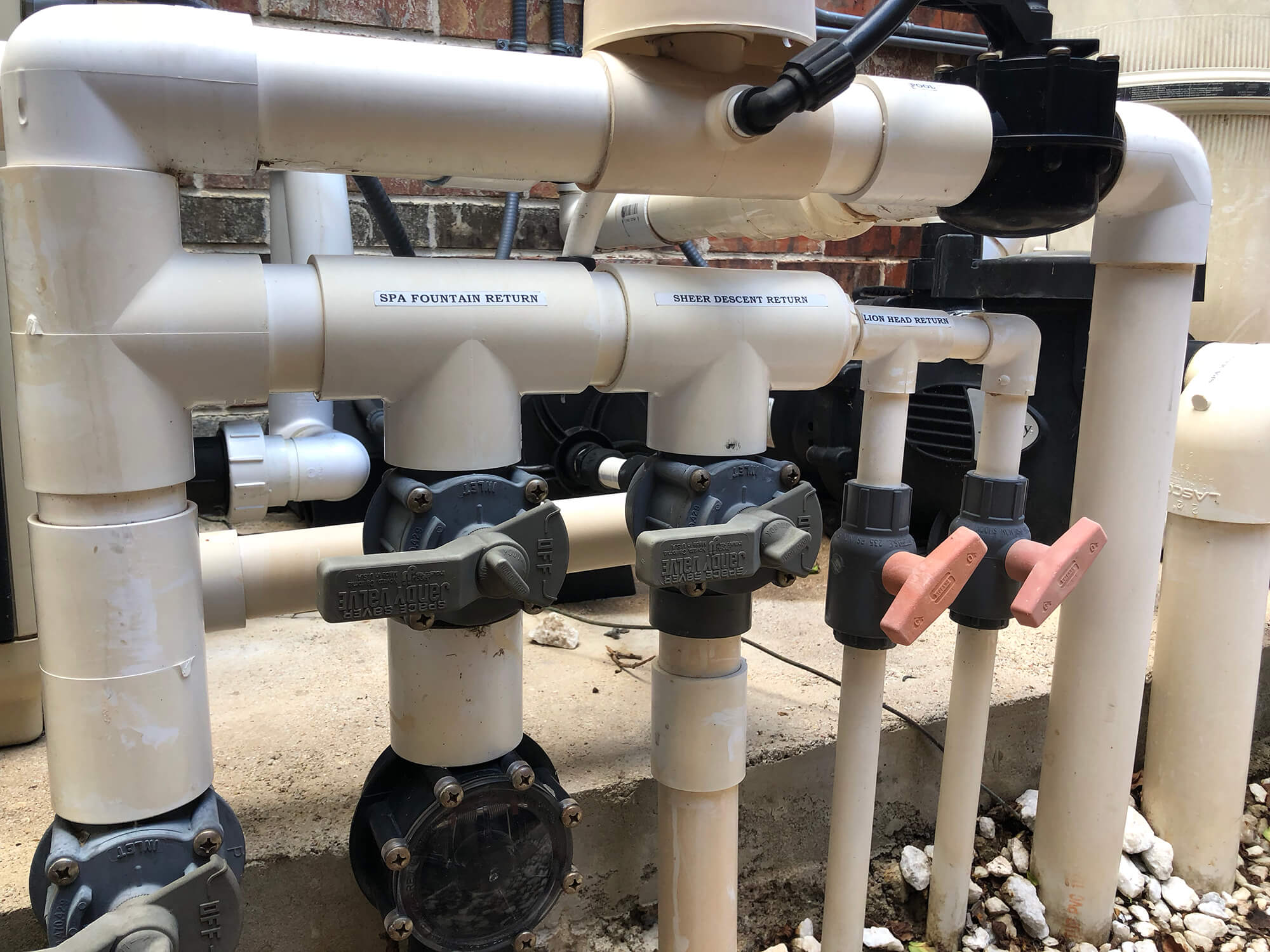

0 thoughts on “How Deep Should Pool Plumbing Be”